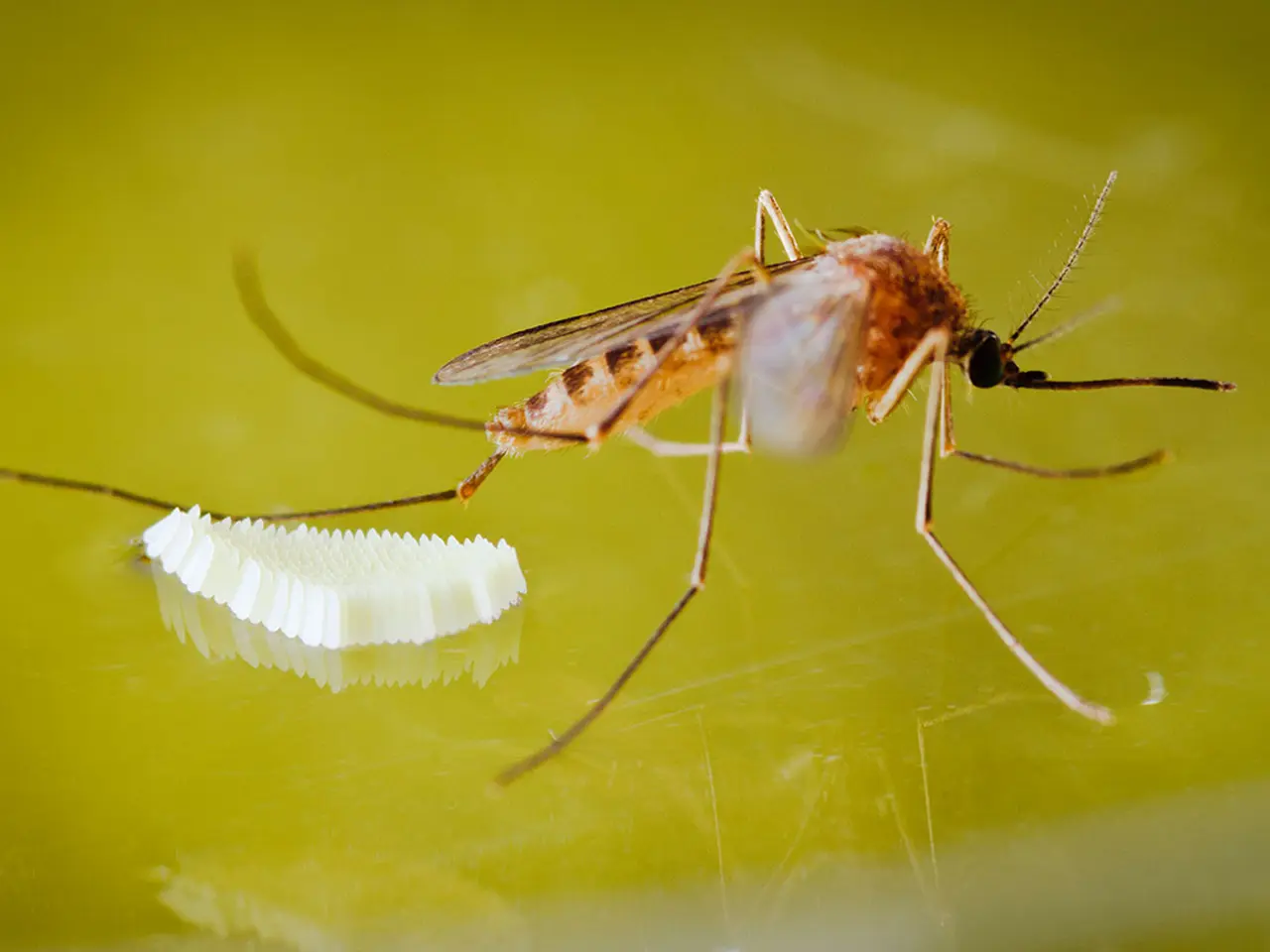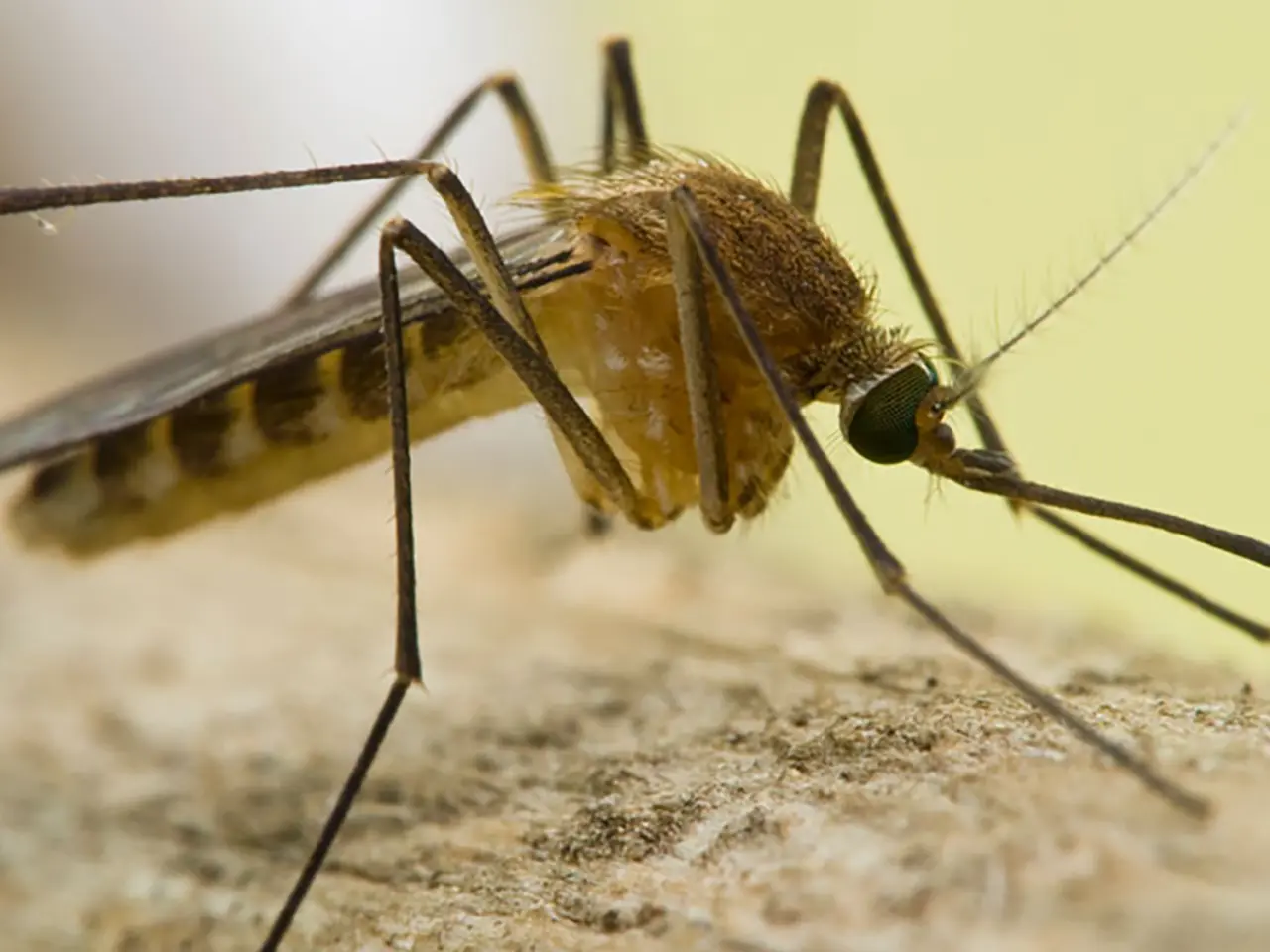Why We Need Mosquitoes: Understanding the Mosquito Life Cycle
Learn how important mosquitoes are in the world’s ecosystems and why each stage in a mosquito’s life cycle is important.
Mosquitoes do more than just make us itch.
It might surprise you how everyone’s least favorite buzzing bug actually plays an important role in the world’s ecosystems, and how each stage in the mosquito’s life cycle is important.

Egg
Mosquitoes lay their eggs in or near water, often up to several hundred at a time, because the eggs can only hatch when exposed to water. Different mosquito species prefer different aqueous habitats, ranging from flood plains to standing water in a tire near someone’s home.

Larvae
The mosquito eggs develop into larvae, commonly known as “wigglers.” Generally, they hang upside down from the surface of the water they hatched in and breathe through a siphon tube. With limited mobility, wigglers make an easy feast for creatures such as fish, frogs and salamanders. But even before they can fly they can do more than just get eaten. They filter organic matter in the water, digesting decaying leaves and other microorganisms and excreting nitrogen and other nutrients that encourage plant growth.

Pupa
Larvae grow and molt four times before changing into pupa. At this stage, they are also known as “tumblers,” having gained a tail that can propel them through the water. As pupa they pause their feeding habits and rest while they undergo metamorphosis. In about two days they emerge from the surface of the water as adult mosquitoes.

Adult
After drying off, the adult mosquito flies away. For nourishment, mosquitoes feed on nectar from fruits, flowers and other plants. Along with other flying insects, mosquitoes are useful pollinators. So, next time you see a blooming flower, remember it could be the result of that otherwise pesky mosquito. Flowers also are a food source for animals such as birds, bats and dragonflies.
Consequences of reproduction
Female mosquitoes bite because they need an external source of protein in order for their eggs to develop. Because a female mosquito can lay eggs up to three times in her lifetime, she will feed on multiple animals to develop eggs throughout each cycle. This is how viruses and other harmful microbes in an animals blood can be passed along by a mosquito, often times without it affecting its behavior. Diseases that mosquitoes carry can have an enormous effect on communities of people as well as on ecosystems with other animals such as monkeys, birds and even arctic caribou.
Learn more about how mosquitoes carry diseases.
While we might think of mosquitos as pests, they are a surprisingly integral part of the world’s ecosystem at every life stage, regardless of whether it’s in cities or remote forests. Wearing a mosquito repellent, like Active®OFF! or OFF!® Family Care , can help everyone stay protected and live in harmony with mosquitos at the same time.
To find the right solution for your family, use our OFF! Product Finder™.
Sources:
https://www.mosquito.org/life-cycle/
http://www.mosquitoreviews.com/mosquitoes-ecosystem.html
http://www.nature.com/news/2010/100721/full/466432a.html
Related products

Keep calm and carry on your outdoor activities with OFF!® Deep Woods® Insect Repellent V Aerosol. Designed for long-lasting protection against mosquitoes for up to 8 hours, it also deters pesky ticks, black flies, sand flies, chiggers, and gnats. Want more? It also repels fleas and no-see-ums for even more relief.
EPA Reg. No. 4822-167
Related

